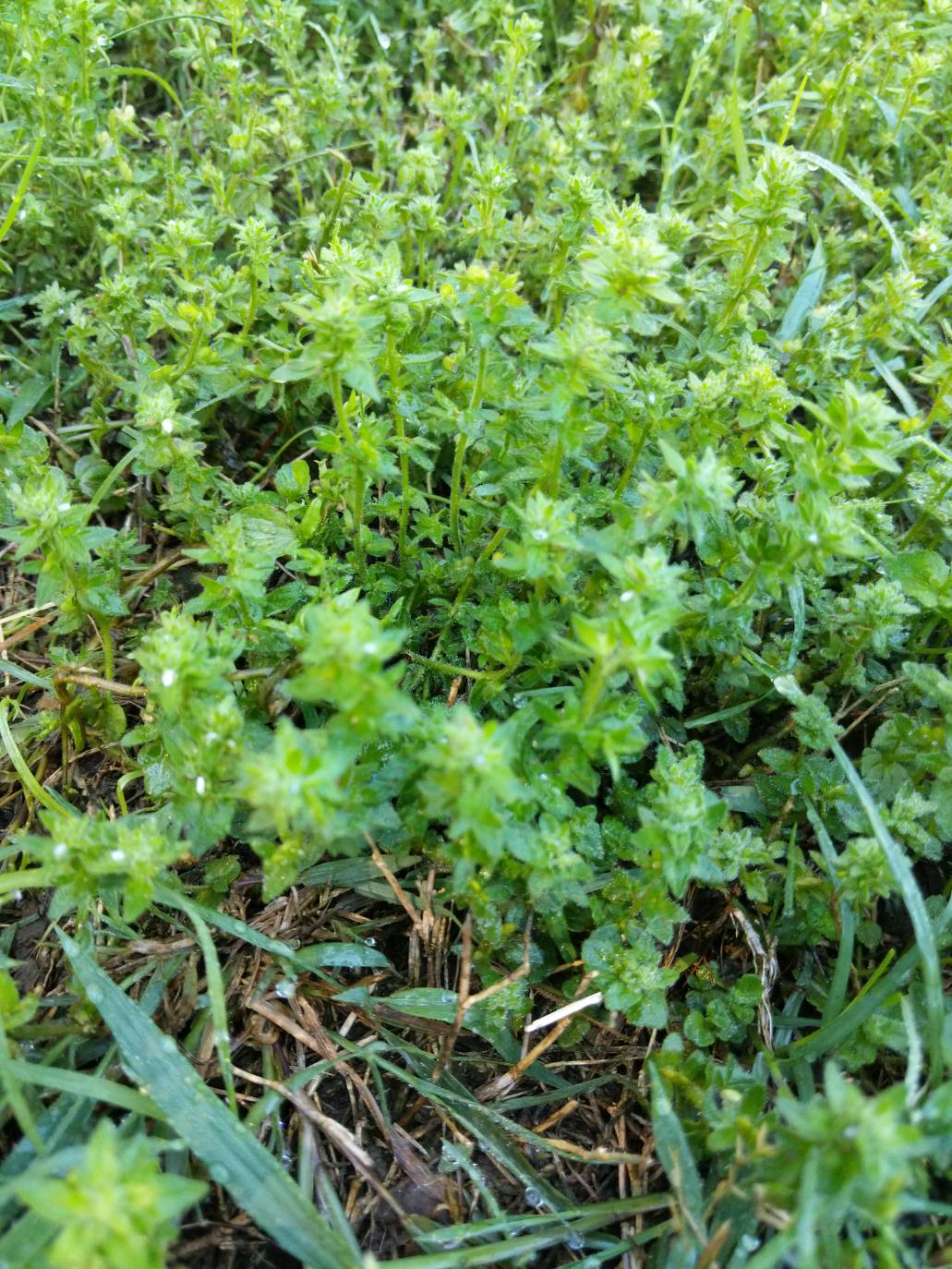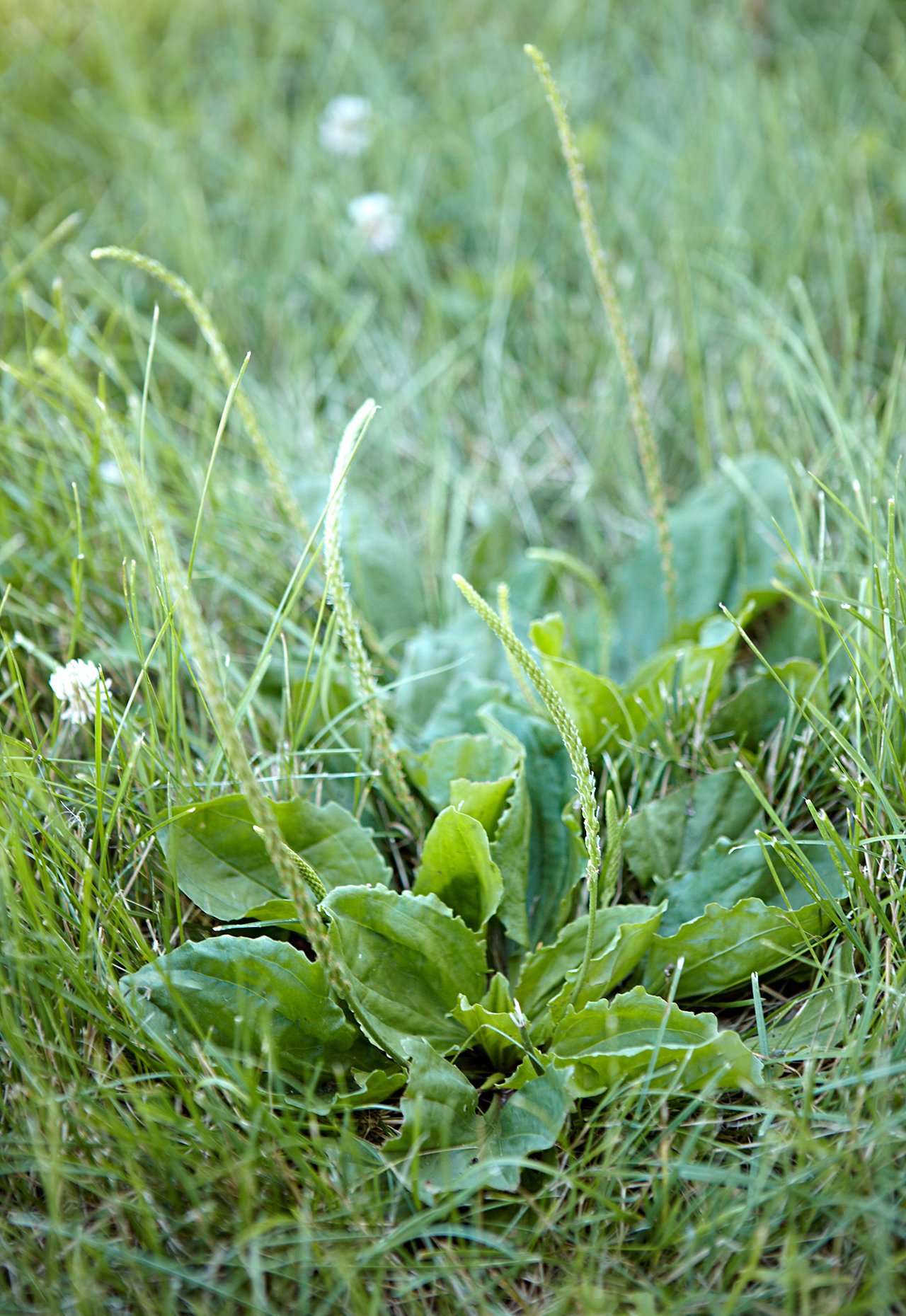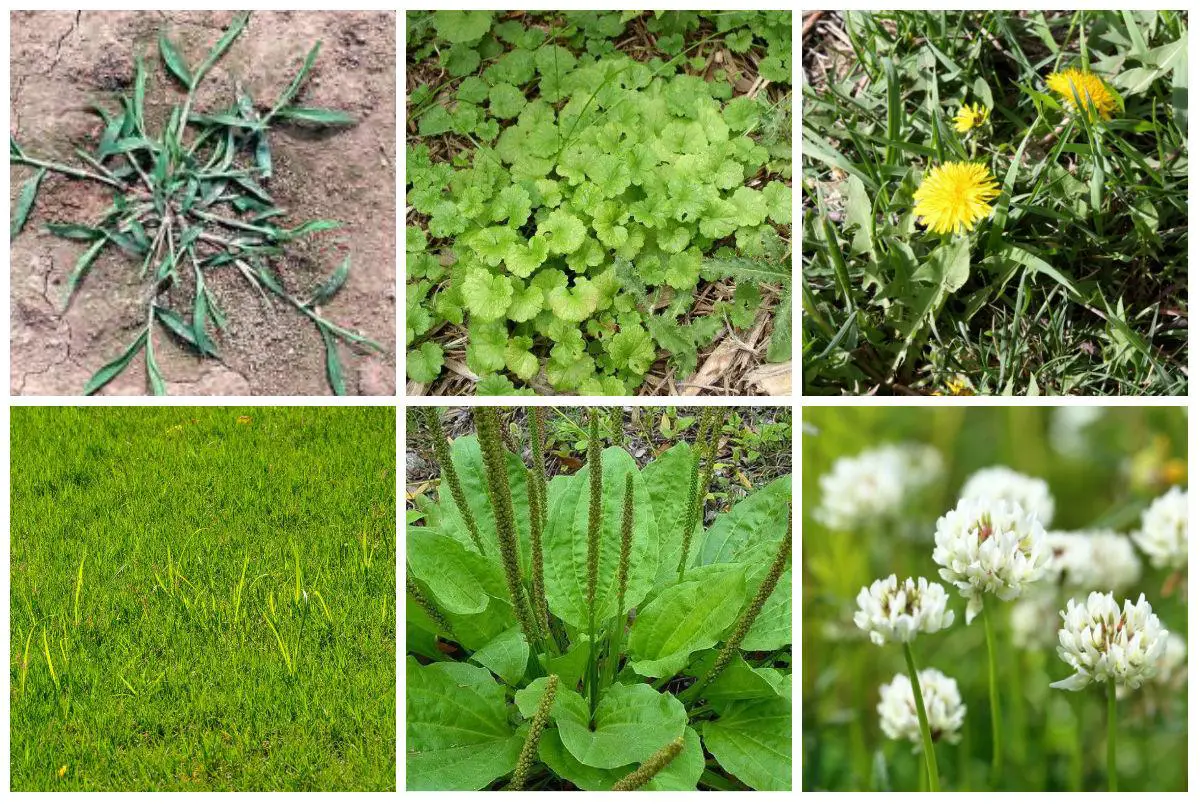Identify Weeds In My Lawn
Weed alert search by name and view detailed color photos of over a field guide for common lawn weeds turf care supply corporation weed identification guide better homes gardens 7 common weeds with identification pictures hoosier homemade do my own lawn care episode 23 how to identify weeds in the yard.
Do my own lawn care episode 23 how to identify weeds in the yard weed alert search by name and view detailed color photos of over how to identify weeds 13 steps with pictures wikihow common weed identification weed gallery pure green common weeds of middle tennessee.
What Does Nutsedge Look Like:
Nutsedge appears in the summer and is easily distinguishable as it grows faster & taller than the grass in the lawn. When Nutsedge is left growing, yellow flowers will sprout from the weed. Pro Tip: Do not pull Nutsedge from your lawn, as any roots left in the soil can cause new weeds to sprout and grow.
Different Types Of Weeds In Grass
- Dapatkan link
Many lawn weeds indicate soil conditions, making it easier for. This sod u article discusses different types of weeds and some preventative measures you can take to avoid having them invade your garden or . Pictures of lawn weeds · the best weed control is a healthy thick lawn · black medic also called yellow trefoil medicago lupulina · bugleweed ajuga reptans · common . Improving the soil can eliminate or deter various types of weeds from . The following lawn weed guide shows examples of the different and most common types of weeds that plague lawns throughout the country.
Read Also: What Is The Best Lawn Sweeper
Getting To Know The Weed Categories
To identify weeds in your lawn, and address the problem so they dont come back, you need to understand what type of weed youre dealing with. To do this, you must first understand that there are 2 main categories that weeds fall into:
- Grass-like weeds, and
- Broadleaf weeds.
And within those two primary types of weeds, there are sub-categories:
- Annual weeds , and
- Perennial weeds .
In this article Ill profile the most common lawn weeds within all four groups .
At the end of the article you should be equipped to identify the weeds in your lawn .
Theres Something About Sir Walter

Sir Walter Buffalo is lush and green, with a tight growth habit to hold out most weeds. Unlike other lawn varieties, the low maintenance Sir Walter lawn is weed resistant.
Sir Walter Buffalo was bred to be tough yet strong, and gives your lawn a luxurious and verdant look that other varieties dont.
However, Sir Walter is not weed-proof, and it is important to act immediately when you see a weed. Hand removal should be enough to conquer the rare weed in the Sir Walter Buffalo, if you act immediately.
Recommended Reading: How Much To Cut My Lawn
Free Online Gardening Guides
Weve gathered all of our best beginner gardening guides into a step-by-step series designed to help you learn how to garden! Visit our complete Gardening for Everyone hub, where youll find a series of guidesall free! From selecting the right gardening spot to choosing the best vegetables to grow, our Almanac gardening experts are excited to teach gardening to everyonewhether its your 1st or 40th garden.
How To Get Weeds Out Of Grass
The easiest way to remove weeds from grass is to remove them physically. First, use a small trowel or garden fork to dig up all the weeds and roots from the lawn. Then, fill the patch with compost and lawn seed to prevent lawns from becoming patchy after digging up weeds.
Related reading: Types of lawn grass.
In their battle against weeds, some gardeners use a chemical all-in-one weed killer to eliminate weeds. However, its usually best to use natural methods for weed removal to prevent having potentially harmful chemicals in your garden.
An issue with getting rid of lawn weeds naturally is that some household products may not be effective. For example, white vinegar, dish soap, or boiling water may be fine for weeds on the sidewalk, but they can kill both weeds and grass roots.
Patchy lawns can also be a sign of grubs in the grass.
Don’t Miss: Does Harbor Freight Sell Lawn Mower Tires
What Are Lawn Weeds
Lawn weeds are invasive broadleaf plants or grassy plants that grow in lawns. The weedy plants spoil the appearance of a lush lawn and affect grass growth. Some plants like dandelions are perennial weeds that come back year after year. Annual weeds like crabgrass die off each season and regrow from seed.
What Are Weeds With Yellow Flowers Called
Common lawn weeds with yellow flowers are dandelion, oxalis, purslane, and yellow sweet clover.
Weedy plants with yellow flowers may add bright colors to your lawn. But rather than ruining the appearance of healthy turfgrass, its best for plants with yellow flowers to grow in flower beds, not a lawn.
Recommended Reading: How To Estimate Lawn Mowing Jobs
Most Common Weeds Infesting Your Lawn
Knowing what kind of weeds you have will help you to be more effective at dealing with them.
But regardless of the type of weed, one of the easiest and most effective way to keep weeds away is simply to keep a thick and healthy lawn.
Thick and healthy lawns require:
- annual overseeding
- cutting grass regularly at the right height
- using a mower with sharp blades
Related Post: How Often Should You Mow Your Lawn?
Keeping a thick lawn means that only a few weeds will be able to invade your grass.
And if the odd one should pop up, you can simply pull it out to prevent further spreading of the root system
Be sure to walk your property with this list in hand to discover how many of these scoundrels might be infiltrating and inhibiting the lushness of your lawn.
1. Crabgrass
This is an annual weed reproducing by seed. It has branching, spreading stems.
Its coarse, blue-green to purplish leaf blades can be smooth or hairy, depending on the species.
Both varieties have tapered leaf blades. The base of the clump has several fingerlike spikes rising from narrow stems.
Keeping your lawn thick and healthy, as well as free of bare spots, is the best way to prevent crabgrass.
2. Dandelion
Well, I think almost everyone knows what this weed looks like!
It’s a perennial which is part of the Aster family. It is well known for the bright-yellow flowers and large leaves rising from a long, deeply penetrating taproot.
You can make a simple home-made weed killer to treat them.
How To Prevent Lawn Weeds
The best way to prevent lawn weed issues is to practice excellent lawn care methods. This means mowing high, fertilizing lawns regularly, removing thatch, aerating lawns, and overseeding them. Healthy turfgrass with a robust root system prevents weeds from taking root. Additionally, keeping grass longer prevents sunlight from allowing weed seeds to germinate and sprout.
Related articles:
Don’t Miss: How To Make Your Lawn Care Business Grow
How To Identify Lawn Weeds
To get rid of weeds in your lawn, proper identification is vital. Some broadleaf weeds like creeping Charlie and dandelions are easy to spot because of their characteristic flowers. To identify lawn weeds, look at the leaves. Are they straight blades like regular grass? Or are the leaves broad with serrated edges?
Its crucial to identify the different types of lawn weed to get rid of them for good. Perennial, creeping weeds tend to have invasive, spreading roots. This means that just digging up the plant isnt enough to eliminate the weed. All parts of the root need removing from turfgrass. However, annual lawn weeds can be eradicated by pulling them up by hand.
How To Identify Your Lawn Grass

Knowing how to identify your lawn grass is an important step in meeting its needs and growing a beautiful, sustainable lawn. If you’re starting a new lawn from scratch, knowing what grass you have is easy. But when your lawn came with your home, lawn grass I.D. can be a guessing game. These steps to grass identification can help you narrow the field, identify your lawn grass, and put you and your lawn on the path to success:
Read Also: Cub Cadet At Lowes
Why Should You Identify Weeds
A good Integrated Pest Management plan for controlling lawn weeds starts by identifying the problem weed and then learning about its life cycle. When you understand how the weed grows and reproduces, you will be able to decide the best way to manage it.
The presence of certain weeds are indicators of possible problems with your lawn. For example, prostrate knotweed grows and thrives in hard, compacted soils. Other weeds indicate your lawn is too wet, shady, infertile or thin. Identifying weeds and understanding how they grow will help you correct any problems with your lawn that encourage weed invasion.
There are hundreds of weeds that can invade a lawn – and weed types vary in different regions. This is a list of the most common lawn weeds. Are you looking for a lawn weed not listed here? Need help identifying a weed or want information about controlling a weed that is not listed here?
Common Lawn Weeds And How To Get Rid Of Them
Even the best-tended lawns come under attack from common weeds. Weed seeds float in on the wind, creeping weeds claim more territory, and weeds you thought you pulled quietly continue to grow. How well your lawn copes with the onslaught depends on the weeds involved, the response you choose and your lawns overall health. Understanding common lawn weeds and the options available to fight them can help you successfully combat the invasion.
To help simplify weed defense, weve charted 10 common lawn weeds, including their characteristics, type and how they spread, and most importantly- how to eliminate them. Weeds, like ornamental garden plants, can be annuals or perennials. Annual weeds, such as crabgrass, complete their entire life cycle in a single growing season, and then die, leaving seeds behind to continue the legacy. Perennial weeds, such as dandelions, come back year after year from their roots, and distribute new seeds to boot. Weeds can also be grass-like, broadleaf or sedge. Choosing the right weed control product requires understanding the weed you want to fight and its stage of growth. Pre-emergent weed controls, sometime called preventers, work to keep weed seeds from germinating and developing. Post-emergent weed controls fight weeds that have already germinated and emerged from the soil.
Recommended Reading: Clean A Small Engine Carburetor
Perennial Broadleaf Lawn Weeds
These perennial varieties need to be controlled aggressively, or they can take over your lawn, as they come back year after year.
Broadleaf Plantain
A short stalk with broad leaves and five veins at the base makes it easy to identify Broadleaf Plantain in your lawn.
The flower shoots erectly and appears almost prickly but the flowers are soft.
Broadleaf Plantain looks almost like a badly unfolded cabbage, with dark leaves that are thick and leathery, and a tower head.
Low fertilizer application and compacted soils will foster a great environment for plantain weeds, so fertilizing your lawn and aerating your turf are effective at discouraging its growth in your yard.
Control Methods Manual removal of Broadleaf Plantain is more difficult than annual broadleaf weeds. The root goes deeper, and the leaves grow near to the ground which makes it more challenging to pull the root.
You can use tools like the Fiskars Stand Up Weeder to uproot these weeds they work well if you only have a few instances of weeds in your lawn and dont mind keeping on top of them manually once a week.
Chemically, you can use herbicides such as Roundup, Hi-Yield Ferti-Lome, Broadleaf Weed Killer, 2,4-D, MCPP, and others.
I generally encourage homeowners to take a manual approach for low instances of weeds, and use herbicides to spot treat large weed infestations.
Buttercup
Dandelion
Wild Garlic And Onion
While it looks very much like a tall grass, wild onion and wild garlic are very fragrant and thus these grass-like weeds are pretty unmistakable once you get close enough to smell them.
If you finish mowing and it smells like youve been making pasta sauce, theres a good chance you have some wild onion and/or wild garlic hiding in your lawn.
Wild onion and wild garlic also become noticeable as they grow faster than regular grass and quickly surpass the height of your lawn.
They grow in clumps, so if you have them, the rate of growth and growth habit make them pretty easy to identify.
For those who love garlic and onion as an addition to many dishes, this may be more of a fortuitous find . However, even the biggest garlic fans probably dont want a swath of it in the middle of their lawn.
Thankfully, these weeds that resemble grass tend to only grow in early spring and late fall, becoming dormant in the summer season.
To remove them from your yard, dig them up just make sure to get bulb and all, or theyll come back.
Herbicides will also work to kill wild garlic and onion, just make sure to check the label of the product your purchase to ensure that wild garlic and onion are included in the list of weeds it treats.
Also Check: How To Kill Wild Violet Weeds In Lawn
The Steps For Controlling Weeds
These are the general steps for how to get rid of weeds in your lawn, regardless of the type of treatment.
What Are The Most Common Lawn Weeds
Lawn weeds are common throughout the world. There are over 30 types of lawn weeds, and they grow in USDA zones 2 through 12. So, if you care for a lawn in your front or backyard, the chances are that you must deal with types of weeds sooner or later.
Here are some of the most common weeds you are likely to see growing in your lawn:
- Creeping CharlieThis irritating lawn weed is an invasive creeping plant with scalloped leaves and clusters of purple flowers blooming in spring.
- DandelionsA common yellow-flowering weed with narrow, lance-shaped irregularly lobed leaves.
- CrabgrassA pesky annual weed that looks like clumps of grass and can make lawns look unkempt and bumpy.
- OxalisThis broadleaf perennial weed often grows in lawns where you dont want it. The weedy plant has clover-like leaves and yellow buttercup flowers.
- QuackgrassA persistent noxious weed with fast-growing, creeping growth that can quickly destroy your lawns appearance.
Don’t Miss: Which Lawn Weed Killer Is The Best
Perennial Grassy Lawn Weeds
While annual grassy weeds get most of the attention from homeowners, perennial grass-like weeds can cause big issues over time.
Here is how to identify 3 common perennial grass-like weeds.
Dallisgrass
Lawn weed identification of Dallisgrass is pretty easy as its growth habit is unique.
Dallisgrass is a perennial grass that grows in clumps which quickly spread across a lawn if untreated.
Leaves are yellowy-green in color and less than half an inch in width. They can grow from 1 inch to 3 inches.
Dallisgrass can easily blend in with real grass if you have a poor quality lawn, but it has a faster growth habit, and will noticeably protrude above your lawn in the days after mowing while the rest of your lawn is still shorter.
Some people confuse Dallisgrass and Crabgrass, but the width of this plant and its growth habit is different .
Control Methods Dallisgrass can adapt to areas with improper drainage systems very well, so youll often find it in wet areas of your lawn. Its tough to pull Dallisgrass by hand to remove it, so this can be a good punishment for kids who have misbehaved .
Most crabgrass preventer pre-emergent treatments are effective against this perennial, but post-emergent herbicides might be necessary if your lawn isnt thick enough to crowd it out.
Pennington UltraGreen Crabgrass Preventer, Pylex Herbicide, Selective Weed Killers, and Treflan will all work well.
Nimblewill
Quackgrass
Identifying 9 Common Lawn Weeds

The Spruce / Evgeniya Vlasova
There are dozens of different lawn weeds, but the greatest problems are caused by a select few. While it is tempting to simply use heavy doses of broad-spectrum chemical killers to eradicate weeds, there may also be more specific remedies for specific weeds. Plus, some weeds are remarkably resistant to herbicides, responding better to different methods of control.
Here are nine common lawn weeds that most homeowners eventually have to deal with.
You May Like: How Much To Pay Lawn Care Employees
